Last Updated on June 29, 2022 by Rebecca Huff
Teach your kids how to read labels so they will make better choices now and in the future.
Step Eleven: Reading food labels will make it much easier for children make good food choices by comparing ingredients and finding the foods that have a higher nutritional value.
When I first began my research on eating healthier back in 2004, out of sheer fascination, I would share each new discovery with my family. As we rode in the car, strolled through the park, or sat around the table, we would discuss the things I had learned. I would hear about a new documentary such as Super Size Me and we would all squeeze onto the couch to watch it and be grossed out together.
From the minute my children started watching documentaries on Fast Food they made the decision not to eat it. Even if we were out and about on a one tank road trip, hours from home, they would prefer to stop at a grocery store instead of driving through for burgers and fries. With a little guidance, anyone can teach their children how to read labels.
[Tweet “Kids are smart if they know something is truly bad for them, they usually choose to say no”]
I wouldn't say I ever forbid my children from eating junk foods, but I did encourage them to make better choices. I explained exactly what happened inside their bodies (and mine) when we ate sugar or hydrogenated oils. We researched farming practices and visited organic farmers. We went berry picking and to the farmers market with a sense of adventure. None of this came off like a lecture, it was more like a family discovery. They absorbed how to read labels just by watching me learn to do so.
My children saw my fascination with the idea that “you are what you eat” and “food as medicine.” They were equally as excited to explore the health food stores and try new foods that we had never heard of. We started to learn together. On weekends we would spend hours at the library and bookstore flipping through cookbooks. Then we would gather the ingredients and go home and create our own culinary masterpiece. My children were and still are welcome in the kitchen to help me prepare meals. When you care, your children will care.
[Tweet “become passionate about health and your children will follow your example “]
Some of the things we look for on labels:
One of the first things my children learned to look for was, “is it organic or made with organic ingredients”
- 100% Organic: Made with 100% organic ingredients
- Organic: Made with at least 95% organic ingredients
- Made With Organic Ingredients: Made with a minimum of 70% organic ingredients with strict restrictions on the remaining 30% including no GMOs (genetically modified organisms)
- Products with less than 70% organic ingredients may list organically produced ingredients on the side panel of the package, but may not make any organic claims on the front of the package.
Another thing they want to find on packaged foods is the “butterfly” which is the “NonGMO Project Verified Seal” indicating that the product bearing the seal has gone through a particular verification process which allows consumers to quickly identify products that contain no Genetically Modified Organisms. This verification is an assurance that a product has been produced according to consensus-based best practices for GMO avoidance. To read more about why we avoid eating GMO's read GMO's and Your Family.
One of the most popular ingredients we find in the most unusual foods is sugar, in all it's many forms. You could play a game at the grocery store to see who can identify and list the most different names for sweeteners! Make it a competition and the winner gets to pick the movie for movie night! Air pop some popcorn and slice up some apples with almond butter, now that's a treat.
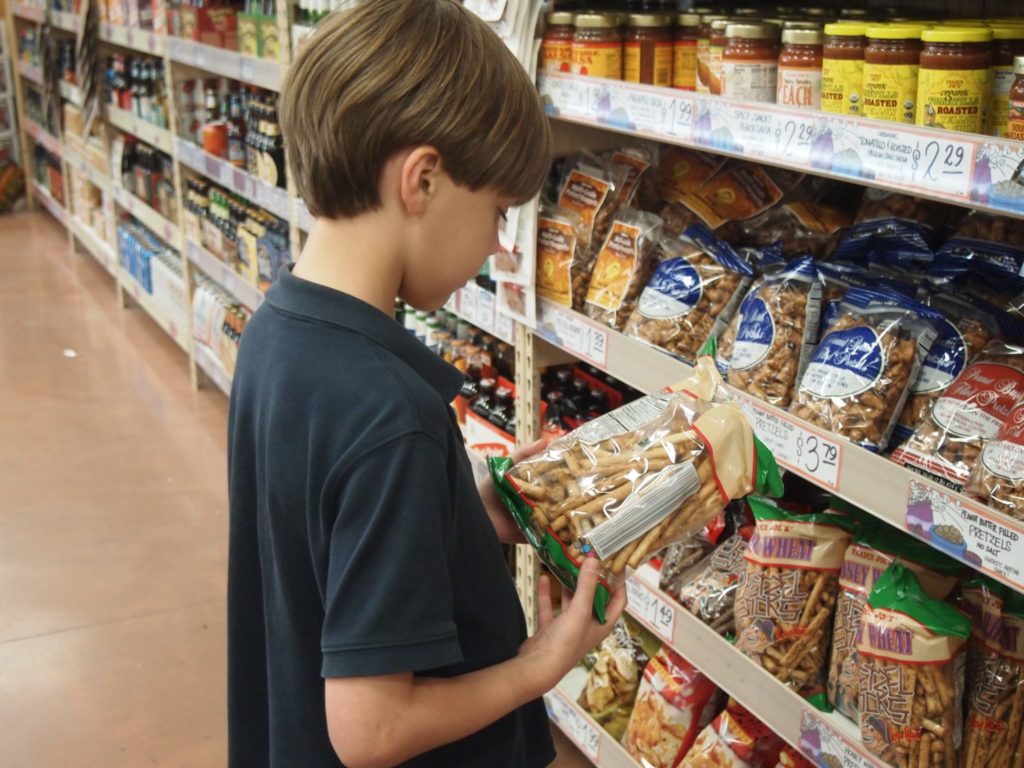
Basically, if they can't read it and pronounce it, they are gonna want to avoid it, but for the sake of listing some examples of other ingredients that we choose to avoid, here's a sampling of what they look out for:
- added sugars, especially corn syrup and high fructose corn syrup
- hydrogenated oils
- hydrolyzed proteins
- soy lecithin
- canola oil, soybean oil, vegetable oil
- food colorings (any color with a number after it such as Red 3, etc.)
- monosodium glutamate (MSG) and it's code word “natural flavorings”
- Aspartame and other artificial sweeteners
- propylene glycol
- nitrites and nitrates
- artificial “anything” such as flavorings
- corn (Some 90 percent of the American field corn crop is genetically engineered to resist herbicides )
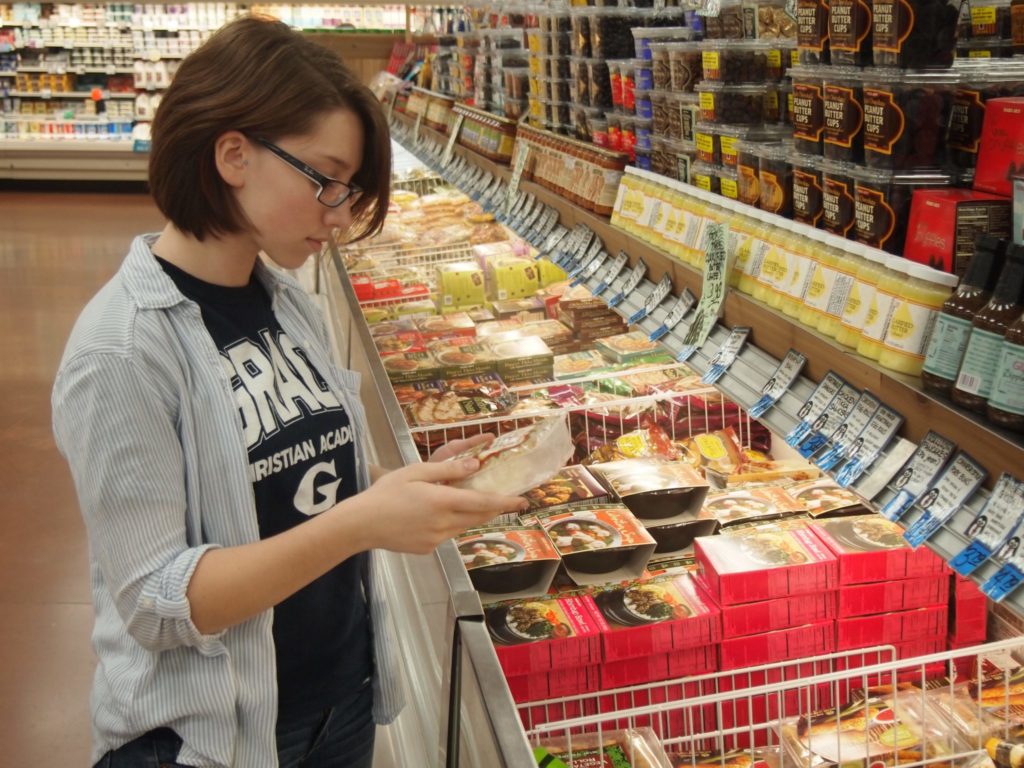
Anytime I read about something going on in the food industry, with the Big Food Companies, or policies in government pertaining to food, etc. within reason, I explain it and we discuss it on a level appropriate for their age. They have gradually become as passionate about choosing the best foods as I have.
There have been times when I grabbed something in a hurry and allowed my children to eat it, only to find out later it had something in it that I would choose not to have them eating. It happens. When it does, I don't beat myself up about it. On occasion my husband has taken them by the supermarket to get them a treat only to find them reading the labels on the backs of the protein bars!
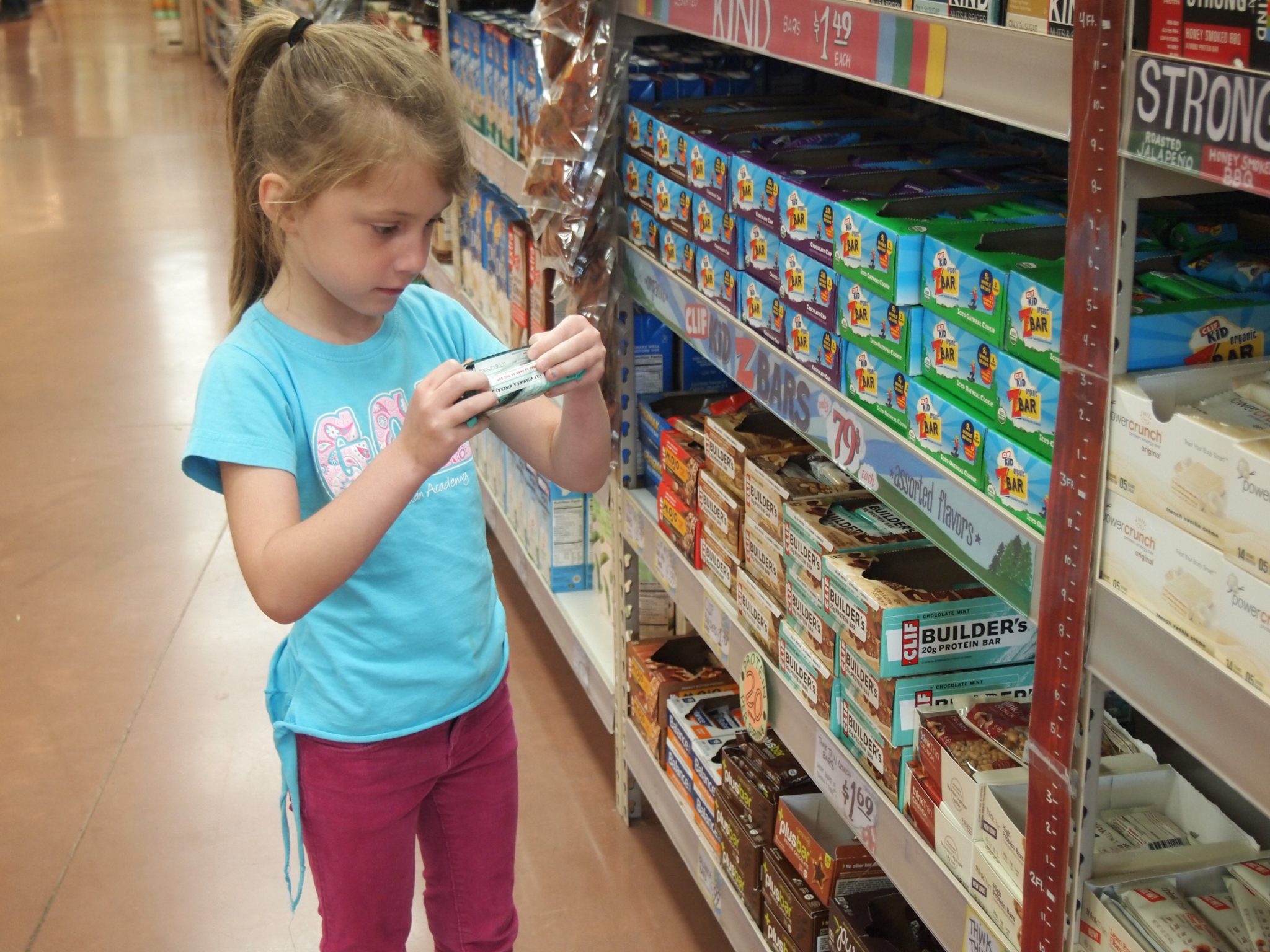
Some problems that have come up and the solutions I've found:
Problem: Teachers, bank tellers, doctors, and other adults offer my kids food or candy that is full of sugar, dyes, and other chemicals and my children do not want to eat it.
Solution 1: Politely say, “No thank you” and offer no explanation.
Solution 2: Politely say, “No thank you” and explain that you prefer not to eat these certain types of foods.
Solution 3: Take candy and politely say “Thank you” then place the item in the backpack and throw it away when they get home.
Problem: Teachers, bank tellers, doctors, and other adults offer my kids food or candy and my children are not certain if it is something they should be eating and would rather wait
Solution: Save the food til they get home, or discreetly ask parent to read the label with them.
Problem: Kids trying to educate adults on healthy food choices.
Solution: Unfortunately, this has happened to my children on several occasions when they were over-zealous about something new we had discussed, such as avoiding Genetically Modified foods. Because not all adults know what these are, and if they do often they have very little knowledge on the subject, my children have tried to educate their elders. This is not something I would prefer to see happen, but on the occasion that it does, I remind my children that they should 1) only inform when questioned 2) answer only with the facts, leaving out opinions that our family personally share and 3) speak with the utmost respect for the person to whom they are talking to.
Problem: We are at a party and someone offers them something that is not preferable
Solution: No shaming. If my child chooses to eat a neon frosted cupcake at a friends party I do not condemn them or even warn them. They are old enough to know about ingredients and make the decision, besides I get plenty of “haters” when people find out I don't feed my children a lot of sugar at home.
Problem: People who think I am a mean mom for not giving my children many treats, processed foods, children's meals at fast food chains, and sodas.
Solution: Stop caring what other people think. Seriously, who has to take care of my children when they are sick? Them or me? Who has to hold their hair when they eat a sugary wheat cake topped with icing full of food colorings and end up leaning over the toilet later? Not them, ME!
Problem: Some people suggest that by focusing on food I will cause my children to have an eating disorder.
Solution: Keeping an open line of communication with my children helps me to rest assured that they have a healthy attitude towards food. I honestly get a little disturbed when people tell me this as I actually feel like children have an unhealthy attitude towards food. When children are encouraged to eat candy and sweets at every event, have junk food catered to them at school, obesity among children at an all time high and screen time on the rise, learning about eating healthy and being aware of ingredients IS NOT the problem. We try to focus on the positives as much as possible. For example, why we love eating cucumbers and hummus, how we can make it super healthy and what we can do to impact the world for good.
Stay tuned for part two in this series where I list some of our favorite documentaries, books and products, along with some funny kid stories.

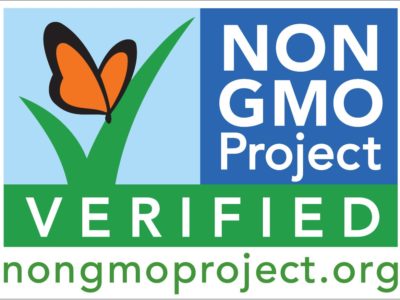
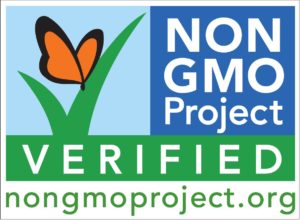
 Sugar, Stevia and Erythritol, what’s safe?
Sugar, Stevia and Erythritol, what’s safe?
Leave a Reply
You must be logged in to post a comment.